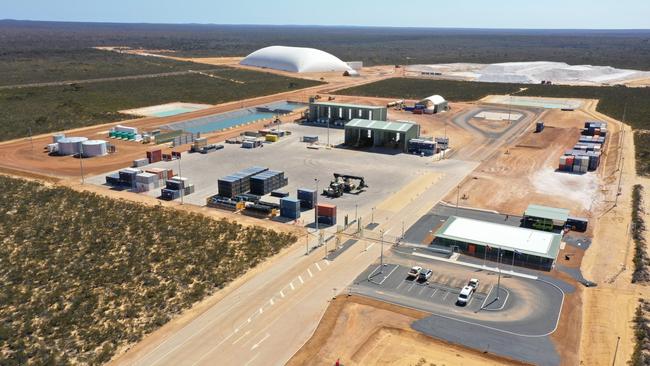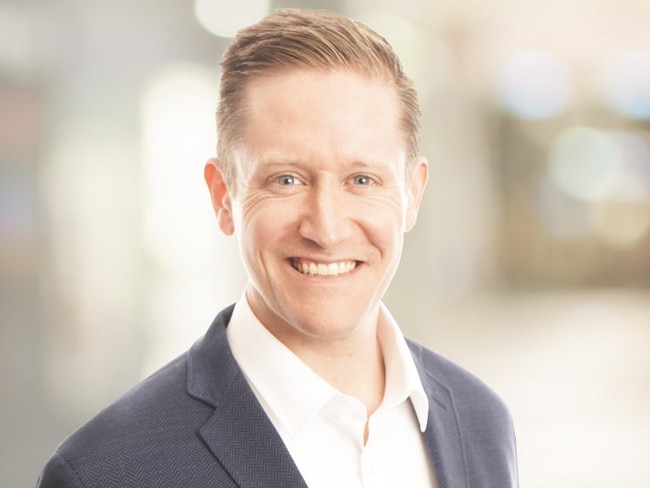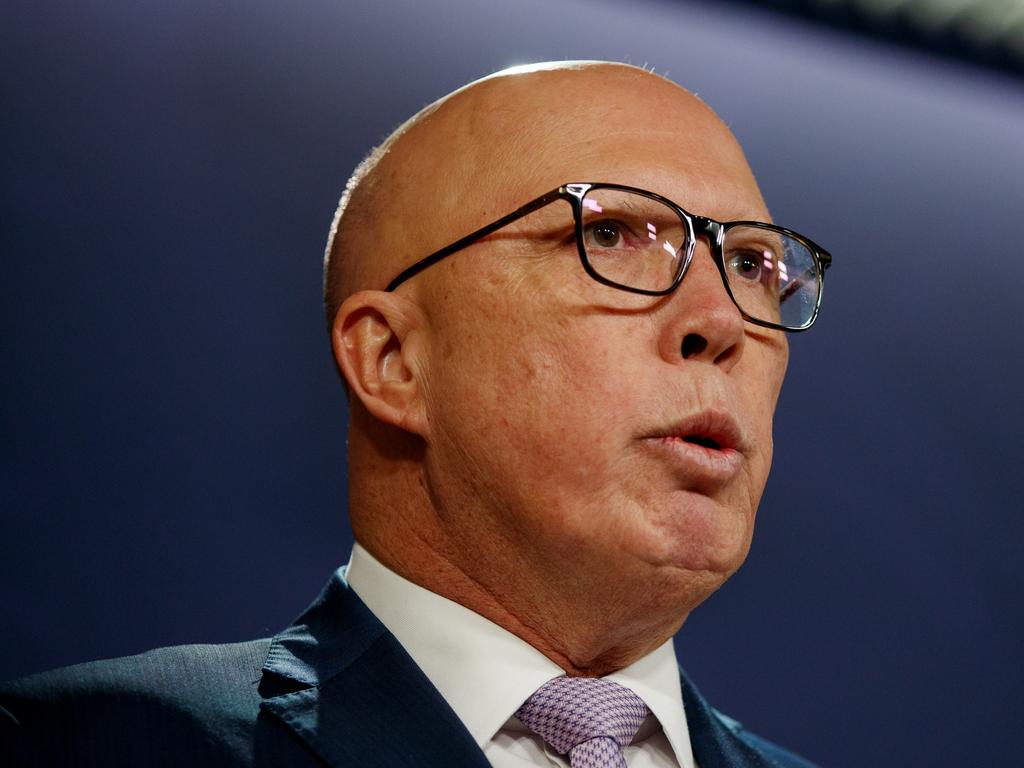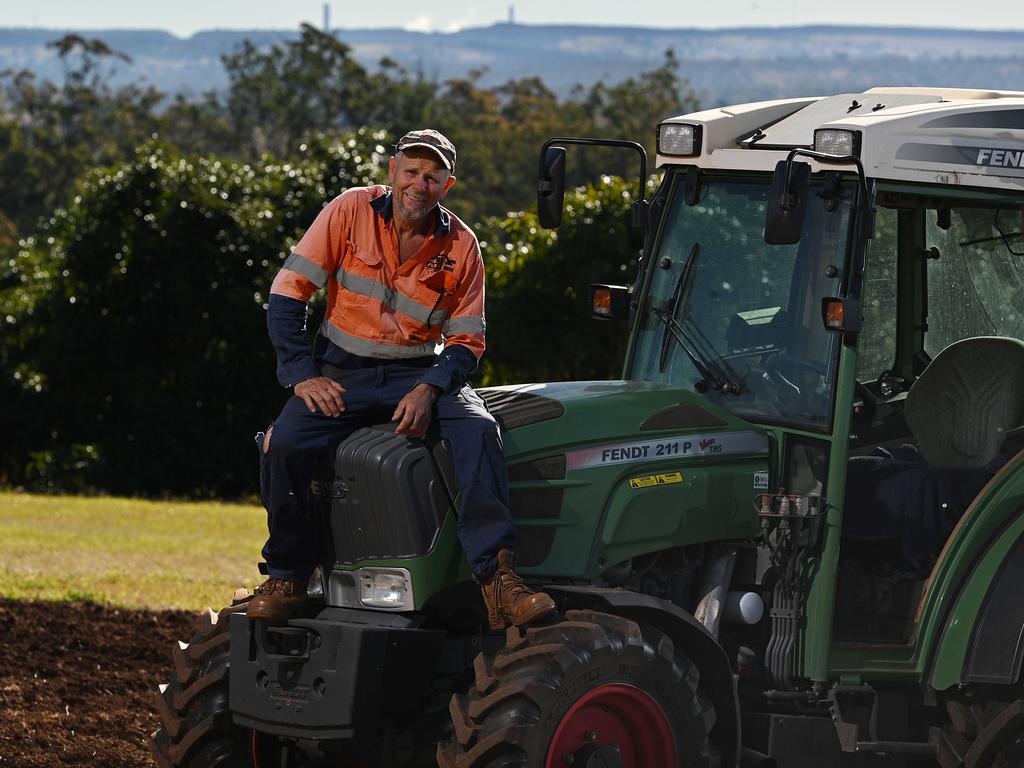Nuclear waste question already partly answered, but uncertainty remains
Tellus Holdings’ Sandy Ridge project in outback Western Australia already accepts low-level radioactive waste generated by hospitals and universities | WATCH

The company behind the only radioactive waste disposal site in Australia says the country has the capacity to handle much of the waste that would be generated under the Coalition’s nuclear power station plans.
Tellus Holdings early last year opened its Sandy Ridge facility in a remote corner of Western Australia, some 240km northwest of Kalgoorlie. The facility accepts low-level radioactive waste generated by hospitals and universities, as well as hazardous waste from the mining, renewables and oil and gas sectors.
Tellus managing director and chief executive Nate Smith said the company had already disposed of more than 5750 cubic metres of low-level radioactive waste from locations in every mainland state and territory since it opened Sandy Ridge.
“While we can’t dispose of spent fuel from nuclear reactors, which is a matter for government, the day-to-day waste challenge for nuclear reactors is the same for AUKUS submarines – safe disposal of low-level radioactive waste, and Tellus has solved this and can dispose of this material today,” he said.
Much of the low-level waste being generated today comes in the form of old water filters, used personal protective equipment, failed machines parts, old tools and cleaning products.
Sandy Ridge, however, is not licenced to dispose of the intermediate-level and high-level radioactive waste that would come from the nuclear power stations planned under the policy unveiled by Peter Dutton.

The high-level radioactive waste generated by the Australian Nuclear Science and Technology Organisation’s Lucas Heights facility in NSW is currently sent to France for reprocessing.
ANSTO’s latest plans for the disposal of spent fuel – signed off by federal Environment Minister Tanya Plibersek earlier this year – will involve loading the material into specially designed transport casks, which will then be trucked via a police-escorted convoy to a port for shipping to France. Access to the road route will be restricted by road closures, and traffic lights will be sequenced for the journey.
Under the contractual arrangements, the nuclear liability and regulatory oversight of the transport casks passes to France once the ship leaves Australian waters. Once in France, the material is unloaded into storage ponds before being reprocessed.
According to ANSTO’s recent plans, the small volume of non-recyclable material left after that reprocessing will be vitrified into intermediate-level waste that will ultimately be returned to Australia some time after 2030. Australia is obliged to accept those residues under an intergovernmental agreement between France and Australia, although the future return of that material will have to be assessed separately under the Environment Protection and Biodiversity Conservation Act.
ATA Consulting’s Peter Kerr, who previously worked for Western Power, said that while Australia had many characteristics that made it a suitable place for storing nuclear waste, the community and political challenges around such a plan were very difficult.
“I’m supportive of uranium mining in Western Australia and I’m supportive of exploring for storage sites in what is a very geologically and politically safe area,” he said. “But we’ve also spent 50 years as a nation struggling to even consider a waste facility for nuclear. So can you imagine how long it will take us to think about an even bigger facility?”
Mia Pepper of the Conservation Council of WA said the complexities of nuclear safety and security and the need for new laws and regulators who understand them all weighed against the plans.
“There remain significant and unresolved issues with the management of high-level nuclear waste, insurmountable issues with security, and deep connections to the production of weapons grade materials,” Ms Pepper said.
“The risks of things going wrong are catastrophic.”








To join the conversation, please log in. Don't have an account? Register
Join the conversation, you are commenting as Logout